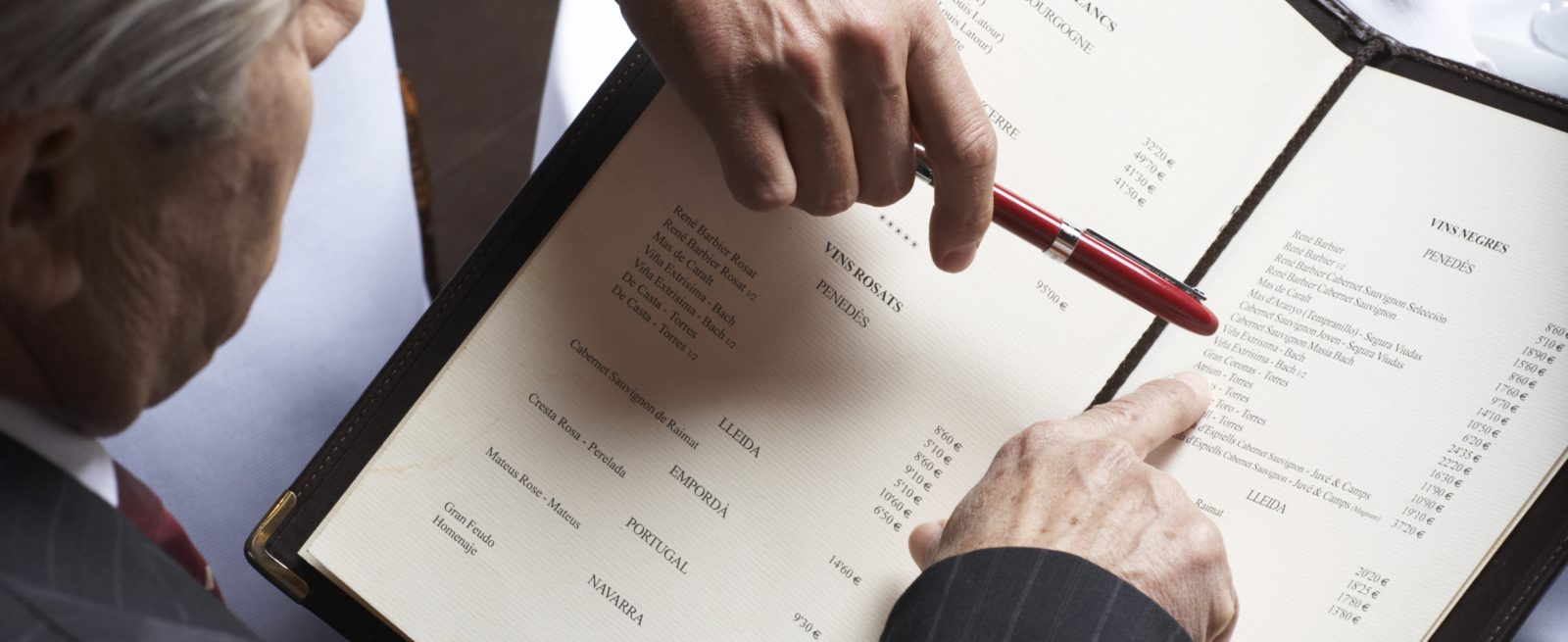Saving on Food Costs Without Sacrificing Quality
3 Min Read By Bruce Reinstein
Many in the restaurant industry believe the products they purchase for their menus are second to none. However, are those products being purchased for their own emotional benefit or for their guests? What restaurant operators view as a quality product can be different than their guests’ perception, which means operators should rethink what they’re doing and possibly realize some savings in the process.
Food quality includes external features such as appearance, texture, and flavor and also factors such as federal grade standards. It can also mean different things to different brands. For example, food labels such as organic or locally sourced are important to some consumers and not others. Regardless of the size or type of restaurant brand, the quality of the product must always meet or exceed the specifications.
Clearly, a quick service, fast casual, or casual dining steakhouse can’t match the food quality specification levels of a high-end steakhouse. The same holds true with any other food category. Therefore, restaurant operators must have the best quality food specification based on the customer they are serving and without losing control of their food cost.
Food costs become out of our control when several things happen. Here are some examples of how and when this occurs and steps operators can take to avoid these situations.
When Operators Don’t Take Advantage of Available and Value-Focused Products
For example, a No. 1 avocado looks great going into your kitchen, but when your guests eat the guacamole, do they know it? In most cases, the answer is no. Therefore, using 60-count, No. 2 avocados that provide the appropriate quality can yield greater savings for the restaurant without sacrificing flavor. This same approach can ring true for suntan peppers, five-count honeydew melons, crownless pineapples, tongol tuna and Roma tomatoes, among others.
When Operators Don’t Adjust to Market Changes
Change is the norm in our industry, yet the menu for most restaurants are reworked on average twice per year. Therefore, operators should try not to commit to specific products when possible. For instance, knowing that asparagus is a very volatile commodity, it may be best to put “today’s fresh vegetable” on the menu. Specials are important menu components because these items can be high quality and cost friendly. For instance, a tri-tip steak could be a good value today, but tomorrow flap meat or top sirloin could be better choices.
When Good Products Go to Waste
Be cognizant of what is going in the trash. Do you have a 55-gallon barrel in your kitchen or small buckets? Don’t encourage unnecessary waste. Sometimes, it is better to pay more in order to spend less.
Do not be fooled by purchasing ingredients at low prices when a usable portion of the item ends up in the trash. For example, a seven-ounce chicken breast can end up as a six-ounce breast after your employee trims the fat — and an additional half-ounce of chicken — off. A clean six-ounce breast will cost you more per pound, but less per serving.
When Operators Fail to Factor in Labor
You may be buying product at a low price; however, you end up paying more by the time you prep the product and yield it out for use. For example, did you know that broccoli florets are less expensive per pound than either broccoli crowns or 14-count broccoli? It may not seem that way, but by the time you prep it and yield it out, this becomes true. Many companies are marketing themselves as scratch kitchens today, but cutting florets from crowns should not fall into being a scratch kitchen. Therefore, compare your product cost to your employee labor expenditure and then decide which product/specification will provide the most value.
When the Menu Gets Too Big
This is a major source of food cost problems and also a very common one. For most restaurant operators, menus start out with a clear identity and a limited selection that guests love. Then, competition comes in with a different type of menu guests also love. Before you know it, the neighborhood Italian restaurant is not really Italian anymore and their once great Italian menu is now only 30 percent of the selection.
Too big of a menu leads to huge waste and food cost woes. Operators should remain true to what made them initially great. Instead of adding menu items, work to creatively market to existing customers or add daily specials that bring out the best of your core competencies.
Overall, the key to reducing food cost without reducing quality is to be open minded and think outside the specification box. It is critical to leave your ego and emotions outside the door, and to be constantly learning and getting better at what you do.
Additionally, be sure to periodically have someone with a completely different viewpoint go into your brand and observe. They can then review with you their product observations, discuss opportunities for savings and then provide potential solutions. This could be a strategic partner or even another industry professional who will offer great insight.


